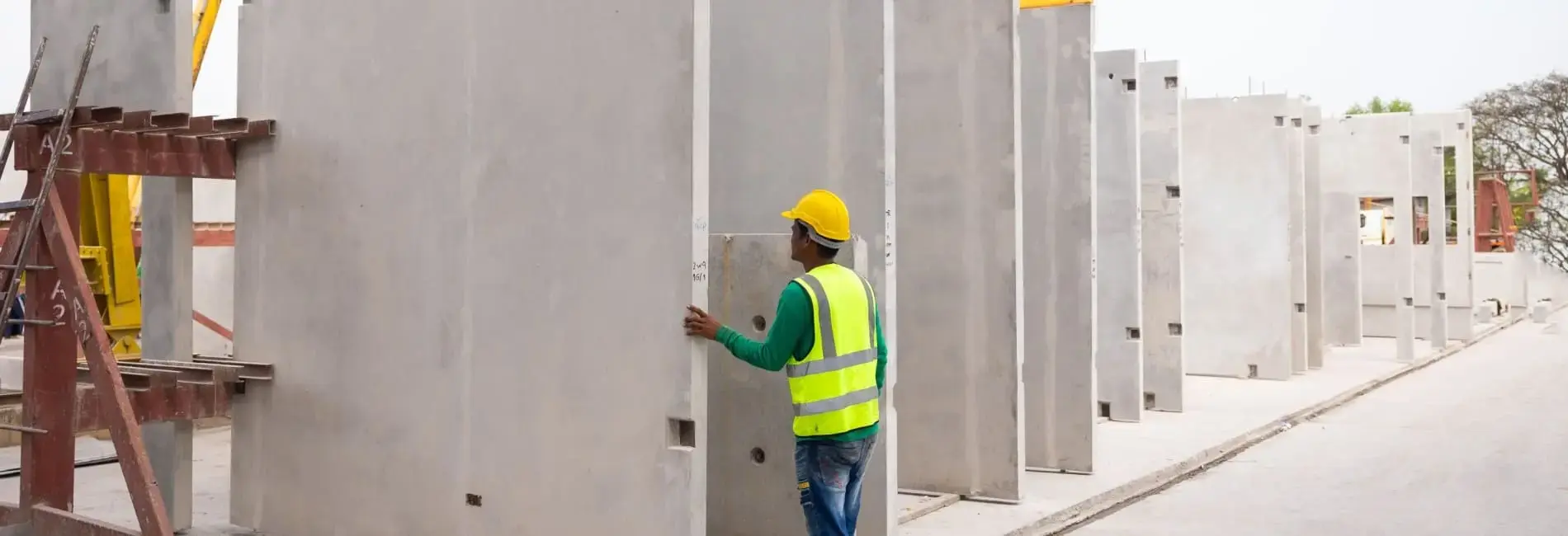Blog
Read the insights shared by our experts on recent trends, construction news, and energy sector in the USA.
MEP Consultants
MEP Engineers
HVAC Design
Sustainable Design
Net-Zero Buildings
Sustainable MEP Design
Smart HVAC to Net-Zero Buildings: A Deep Dive Into 2025 Sustainable MEP Trends
The drive toward net-zero buildings is intensifying, with smart HVAC systems leading the charge in reshaping how we approach energy use, comfort, and sustainability.





